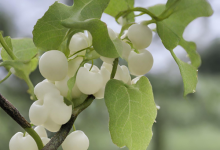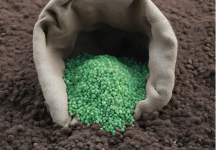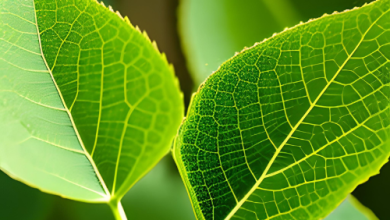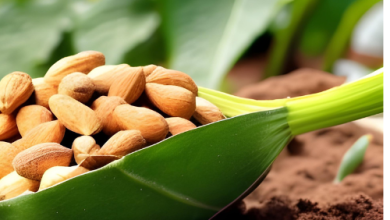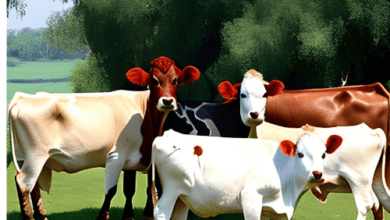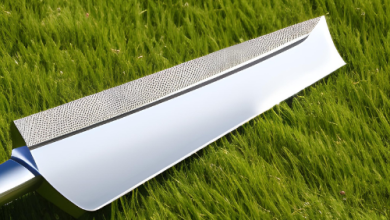Get a thriving crop of these three types of wheat, and you’ll make a lot of money
Big experts in our nation’s agriculture department have created a new type of wheat, and in order to increase output, ICAR-IIWBR has created three new kinds that will not only produce well but also be disease-resistant.
The yield of our crops is also being impacted as the earth’s temperature continues to rise. Its impact on wheat output is evident. Scientists are working to create types in this condition that can produce more and are also resistant to temperature changes.
Three such novel bio-fortified varieties have been created by the ICAR-Indian Institute of Wheat and Barley Research in Karnal, Haryana: DBW-370 (Karan Vaidehi), DBW-371 (Karan Vrinda), and DBW-372 (Karan Varuna). They produce a lot more than older cultivars did.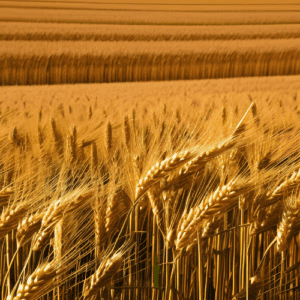
According to scientists, the traits of these wheat types have been developed to be heat resistant as global temperatures rise, ensuring that wheat output is unaffected. Such types, which have various characteristics, include these three variants.
The northern Ganga-Indus plains are the most fertile region in the nation and produce the most wheat. The primary wheat-producing regions include Delhi, Punjab, Haryana, Rajasthan, Western Uttar Pradesh, the Terai region of Uttarakhand, Jammu and Kathua, the Una district of Himachal Pradesh, and Paonta Valley are among these locations.
What distinguishes these three kinds is that: Karan Vaidehi (DBW-370), Karan Vrinda (DBW-371), and Karan Varuna (DBW-372) These three cultivars were created for early planting in India’s northwestern plains, which are irrigated. has vanished.
(Karan Vrinda) DBW-371
designed for early planting in locations with irrigation. Punjab, Haryana, Delhi, Rajasthan, Western Uttar Pradesh, Jammu and Kathua, Una in Himachal Pradesh, Paonta Valley, and Terai regions of Uttarakhand are among the places where this cultivar may be grown. It has an average yield of 75.1 quintals per hectare and a production capacity of 87.1 quintals per hectare. The plants grow to a height of 100 cm, mature in 150 days, and weigh 46 grams for every 1000 grains. This type has 12.2 percent protein, 39.9 parts per million zinc, and 44.9 parts per million iron.
(Karan Vaidehi) DBW-370
It has an average yield of 74.9 quintals per hectare and a production capacity of 86.9 quintals per hectare. The plants grow to a height of 99 cm, mature in 151 days, and weigh 41 grams for every 1000 grains. This particular kind has 12.5% protein, 37.8 ppm zinc, and 37.9 ppm iron.
(Karan Vrinda) DBW-372
It has an average yield of 75.3 quintals per hectare and a production capacity of 84.9 quintals per hectare. The plants grow to a height of 96 cm, mature in 151 days, and weigh 42 grams for every 1000 grains. This particular kind has 12.2% protein, 40.8 ppm zinc, and 37.7 ppm iron. This variety’s plants are 96 cm tall, which prevents their plants from falling over even in severe gusts.
While DBW-370 and DBW-372 have been shown to be more resistant to Karnal Bunt disease, these varieties have been discovered to be resistant to all pathogen kinds.

